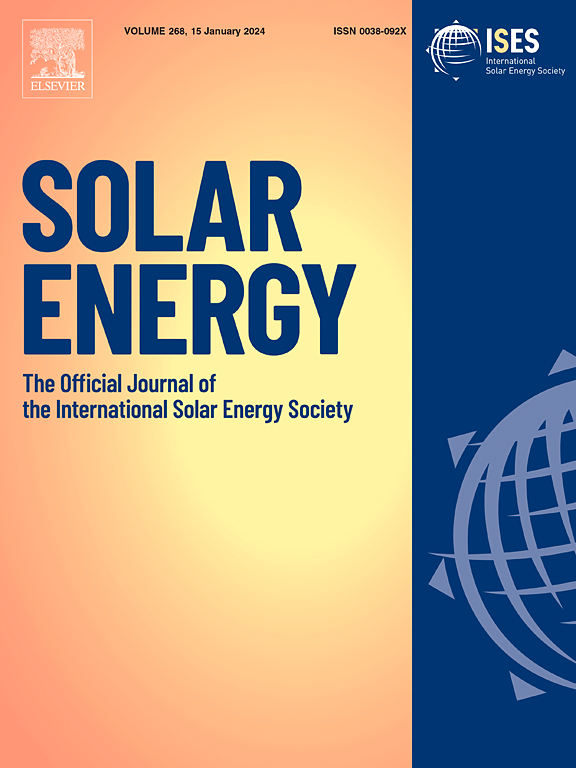Viability of performance improvement of degraded Photovoltaic plants through reconfiguration of PV modules
IF 6
2区 工程技术
Q2 ENERGY & FUELS
引用次数: 0
Abstract
This paper presents an analysis of the techno-economic viability of performance improvement of degraded PV plants through the reconfiguration of PV modules. To the best of the authors’ knowledge, this is the first time the analysis is presented in the literature after taking into account the effect of various degradation modes and the cost of I-V tracing of the modules. Various reconfiguration strategies are explored and they are benchmarked against each other by considering the gain in the performance and the cost of required module swaps to realize the respective strategies. A Python-based bottom-up model of a utility-scale PV plant is developed for this purpose by using a single diode model for each cell in each module. The economic feasibility of reconfiguration is analyzed for two representative countries − India and USA to contrast the effect of different labor costs. Eventually, guidelines for conditions under which reconfiguration could be a viable option to improve the generation of a degraded PV plant are presented. It is shown that reconfiguration may make economic sense when some / all of the following conditions are met: i) small sample of module-level I-V is measured ii) labor costs are low iii) degradation mechanism results in non-uniform / localized degradation iv) payback periods are short (< 2 years).
求助全文
约1分钟内获得全文
求助全文
来源期刊

Solar Energy
工程技术-能源与燃料
CiteScore
13.90
自引率
9.00%
发文量
0
审稿时长
47 days
期刊介绍:
Solar Energy welcomes manuscripts presenting information not previously published in journals on any aspect of solar energy research, development, application, measurement or policy. The term "solar energy" in this context includes the indirect uses such as wind energy and biomass
 求助内容:
求助内容: 应助结果提醒方式:
应助结果提醒方式:


